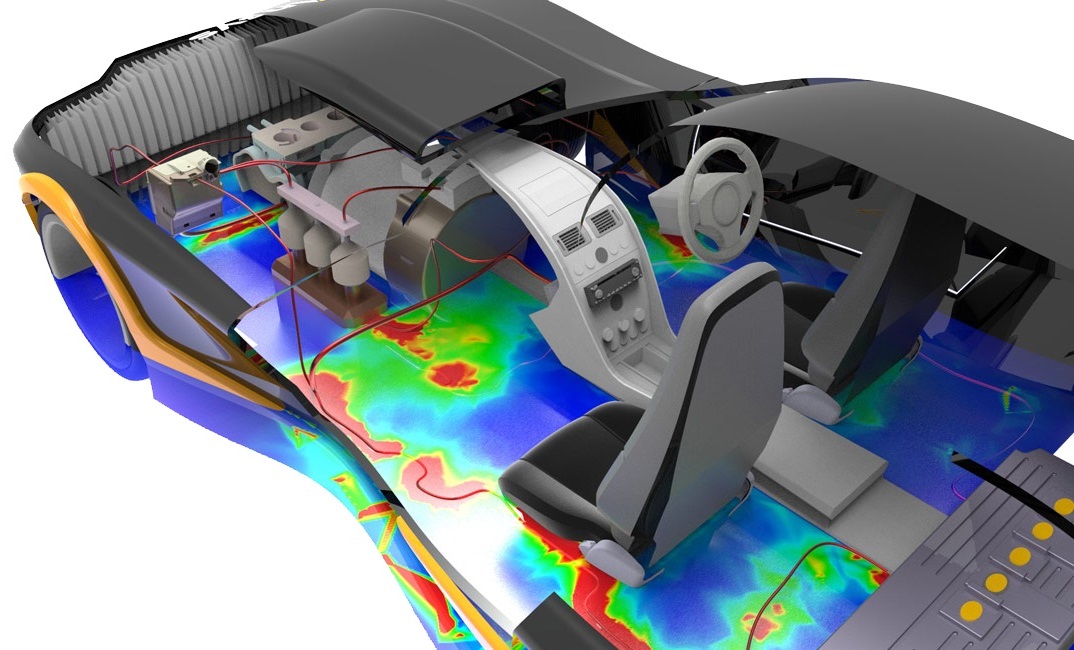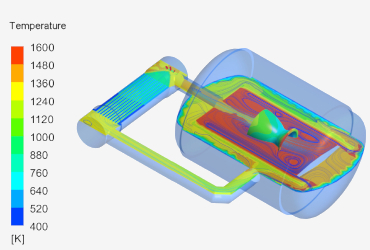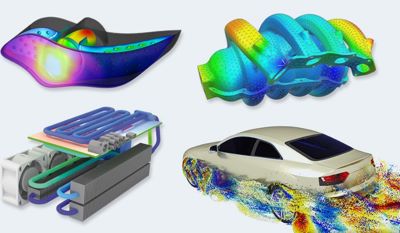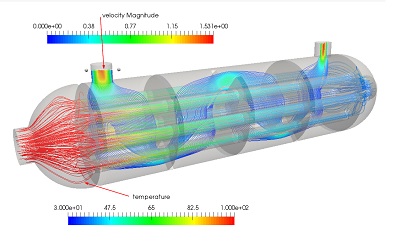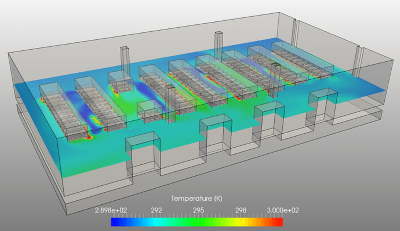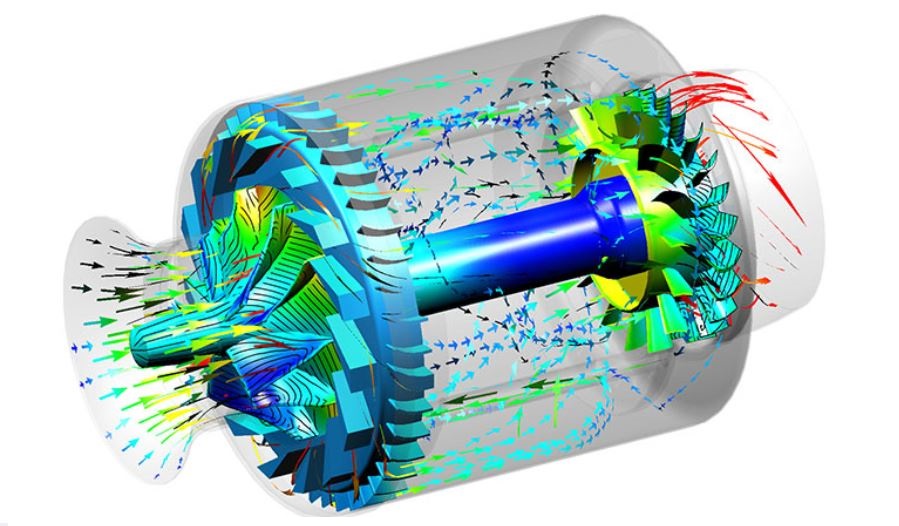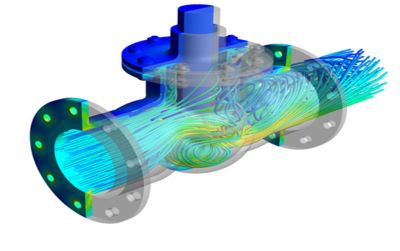Secure Your Future in Engineering Analysis with CAE Courses
At Niharika Institute of Computational Engineering (NICE), we bring you a cutting-edge post graduate programme in Computer Aided Engineering Analysis. Our CAE courses are meticulously crafted with the specific goal of equipping mechanical, aeronautical, and industrial engineers with the essential expertise and knowledge required to thrive in the swiftly evolving field of engineering analysis.
Our CAE courses delve deep into both computational fluid dynamics (CFD) and finite element method (FEM) analysis, providing a holistic understanding of how these techniques are applied in real-world engineering scenarios. You will gain proficiency in utilising industry-standard software tools like Ansys Fluent, Ansys CFX, Ansys FEM, Workbench, Spaceclaim, and Fluent T-Grid.




